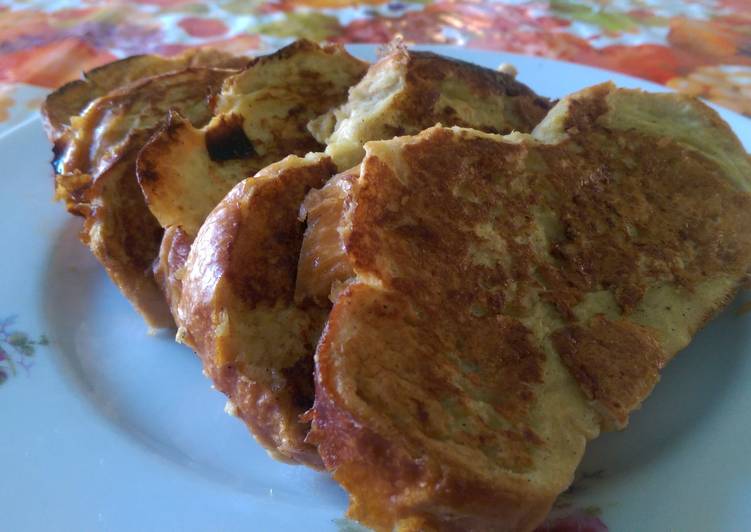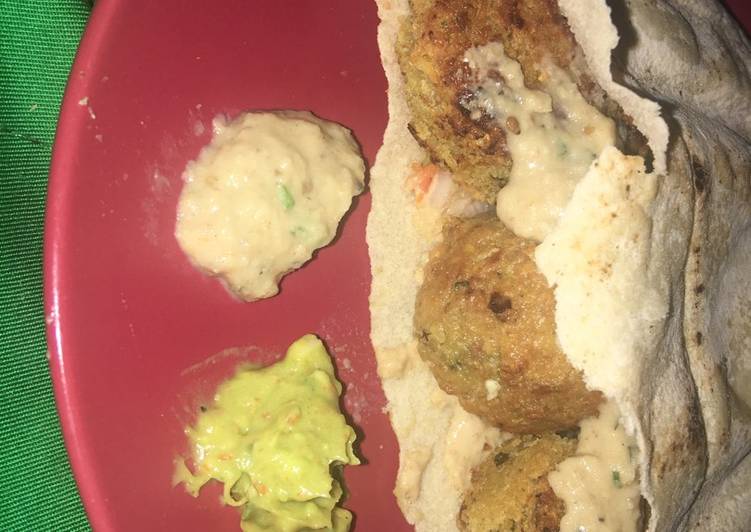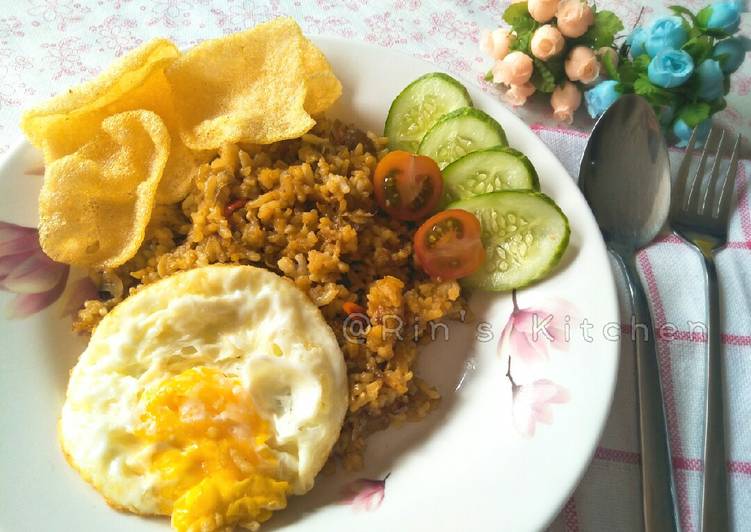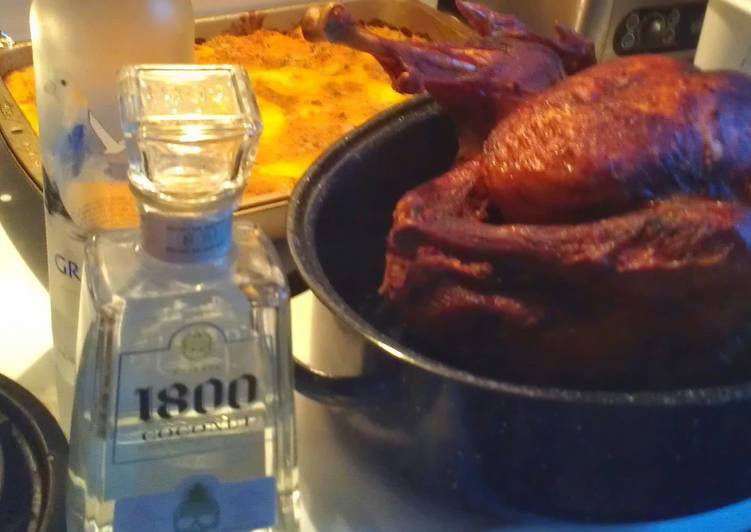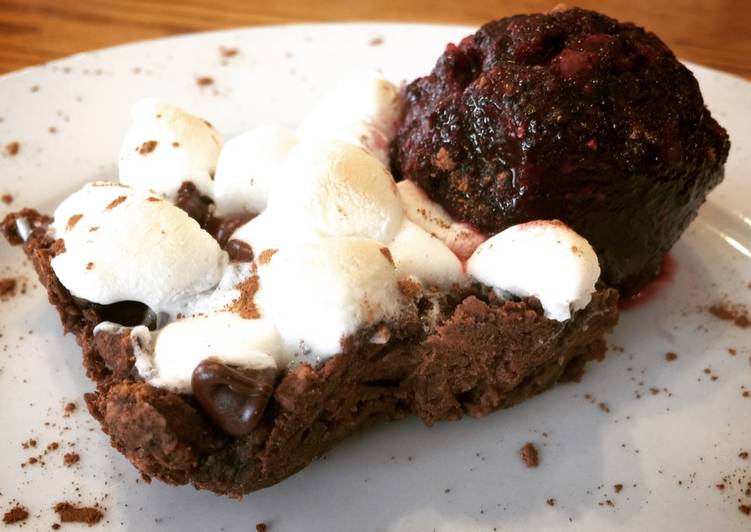french toast (portuguese rabanadas). Cooking & Video Production: Carlos Fonseca Music: 'Sweet Awakening' by Carlos Raposo. Rabanadas differ from American French toast in several ways, though both are a great way to use up stale bread. Rabanadas are commonly enjoyed as a dessert or afternoon treat, rather than as a breakfast food.
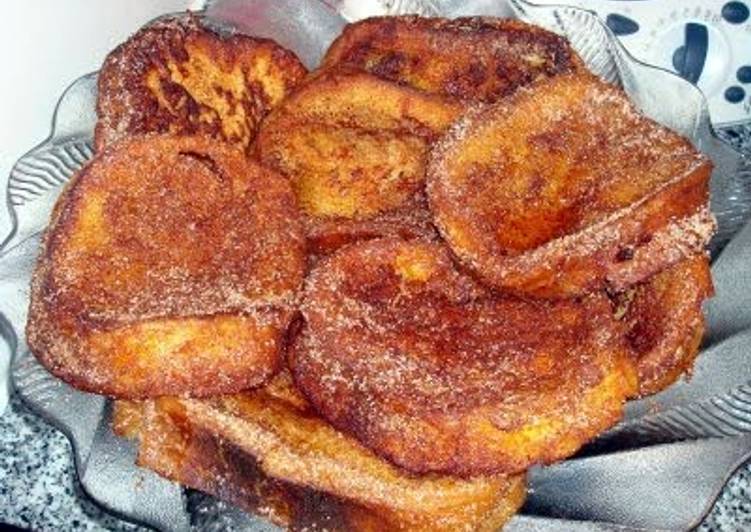 The creamy custard center contrasts deliciously with the cinnamon sugar crust. —Ana Paula Cioffi, Hayward, California. When I was a little girl, I would wake up on Christmas Eve mornings smelling the aroma of the sugar and cinnamon sprinkled on the warm Rabanadas that my mother had made for our Christmas Eve dessert table. Great hearty and delicious way to start your day, Portuguese French toast, known as Rabanadas. You can cook french toast (portuguese rabanadas) using 5 ingredients and 6 steps. Here is how you cook that.
The creamy custard center contrasts deliciously with the cinnamon sugar crust. —Ana Paula Cioffi, Hayward, California. When I was a little girl, I would wake up on Christmas Eve mornings smelling the aroma of the sugar and cinnamon sprinkled on the warm Rabanadas that my mother had made for our Christmas Eve dessert table. Great hearty and delicious way to start your day, Portuguese French toast, known as Rabanadas. You can cook french toast (portuguese rabanadas) using 5 ingredients and 6 steps. Here is how you cook that.
Ingredients of french toast (portuguese rabanadas)
- You need 1 loaf of french bread.
- You need 2 cup of milk.
- You need 4 of eggs.
- It’s 2 tbsp of sugar.
- Prepare 1 tbsp of cinnamon.
Being that I have such a sweet tooth, I always love taking any chance I can to start my day with something so sweet and. Rabanadas is a Portuguese style French Toast made with a twist by adding Port wine and honey syrup for a robust sweet wine flavor. Sweet and delicious, it's a great addition to your meal! To receive the complete recipe with instructions and measurements, please visit our site: http.
french toast (portuguese rabanadas) instructions
- we call this recipe rabanadas is very similar to the popular french toast that everybody knows.
- slice the bread.
- set up two bowls one with milk another one with the eggs slightly beaten.
- dip the sliced bread first into the milk and then in the eggs.
- fry until golden brown on both sides.
- mix the sugar with the cinnamon and sprinkle on both sides.
Some call it "rabanadas" and others "fatias douradas" which means golden slices. Around Christmastime you will find rabanada popping up in many Brazilian homes. Rabanada came to Brazil by way of Spain and Portugal. In fact, it is a rendition of a Spanish dish that is traditionally eaten during the Holy Week before Easter. This is also a Portuguese Christmas traditional dish – rabanadas- and similar to the French toast, but with a more sophisticated flavor.
